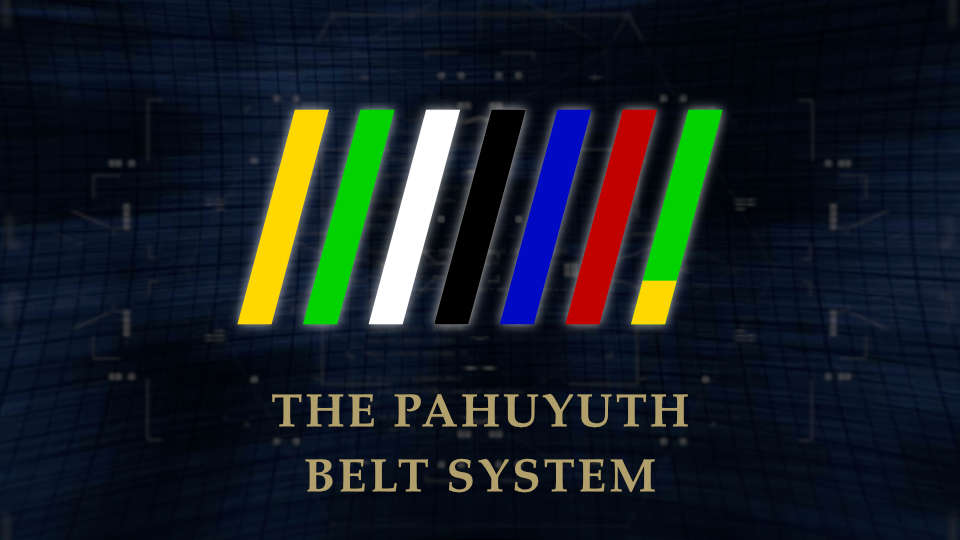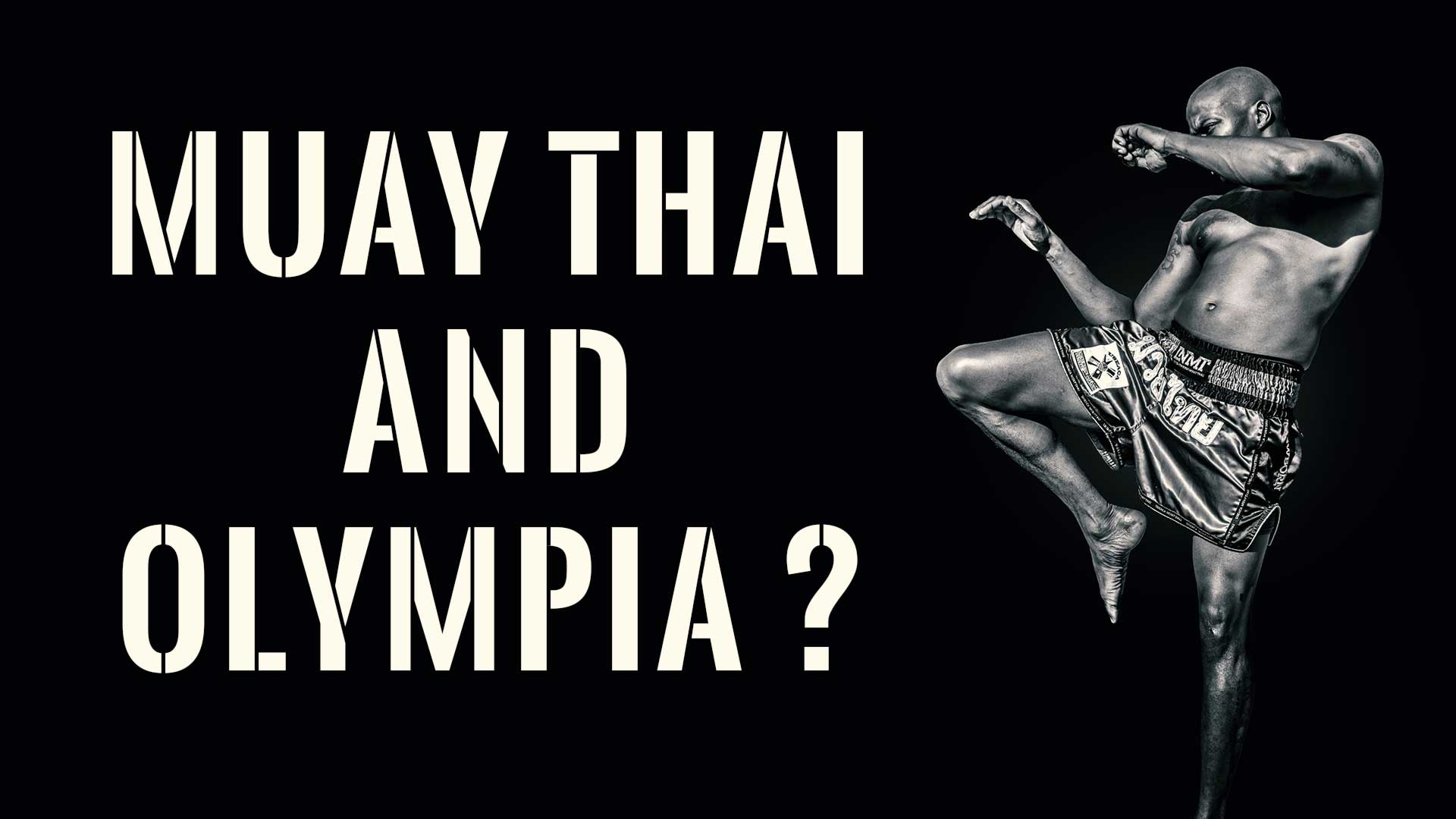What is an alibi technique?
In Pahuyuth, an alibi technique (also called placebo technique) is colloquially referred to as a technique that is carried out for its own sake or as an excuse, apology or justification.
Content
Cause of alibi techniques
Typical of alibi techniques is that while they create a visible action that is intended to feign engagement and training zeal, they are not technically capable of hitting anything or having a significant effect if they hit. An alibi technique is thus distinguished from a feint mainly by its lack of endangerment potential and the underlying intention of the performer.
With beginners, alibi techniques are often stopgap solutions in training, because they do not yet have better options for action yet or because they see no way to penetrate the enemy cover. Instead of doing nothing, alibi techniques are used to feign a more or less useful action. One motive for alibi techniques is the fear of getting involved in an exchange of blows and having to hits themselves (see learning fee).
Examples of alibi techniques
- Alibi jabs: straight fist punches with the front fist that have no particular intention or are not combined with an effective follow-up technique.
- Double jabs: straight punches thrown several times in a row with the front fist, especially if the first jab supposedly hit (so-called pursuing or in German “Nachstuken”).
- Multiple parallel push kicks (theep) with the front foot, which are supposed to keep the opponent at a distance for as long as possible. Common to watch with Muay Thai beginners.
- Knees in the clinch that are executed with the inside of the thigh instead of the knee. Commonly used in Muay Thai competitions to bridge round times.
- Hectic cutting and stabbing with knives in the air. Frequently seen in self-defense videos.
- Repeated smashing of sword blades or sticks. Frequently seen in show or stage fighting (see Krabi Krabong).
- Techniques in technical demonstrations that would not have hit the target anyway or would not have hit correctly. For example, because the spatial distance or respect for the technical mediator is too great. Frequently seen in technical demonstration videos.
Training recommendations
Pahuyuth students are advised to avoid alibi techniques in principle or to immediately replace them with more effective techniques. If this does not happen, serious errors in the autodynamic programming can occur (see model of autodynamics) which can lead to undesirable results in an emergency.
Recommended glossary entries



